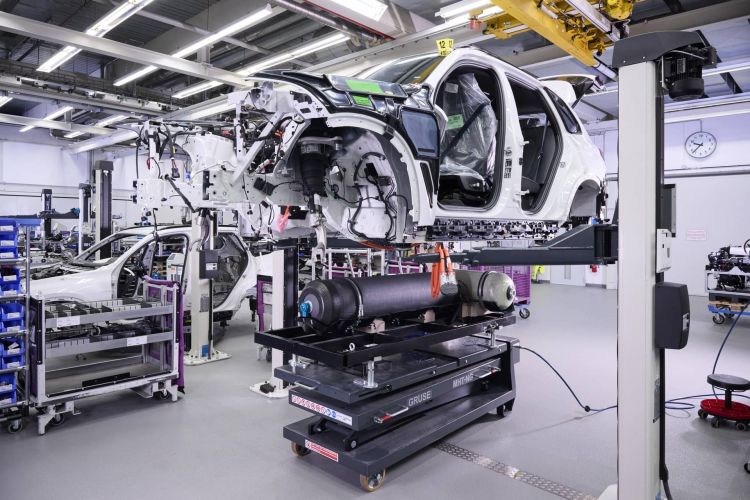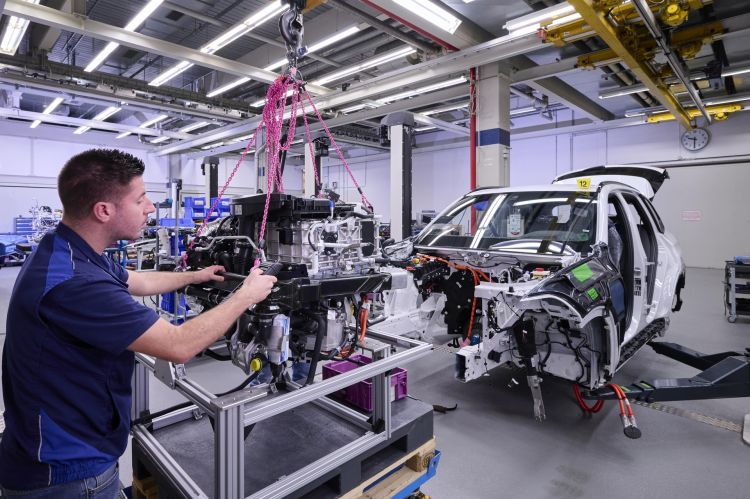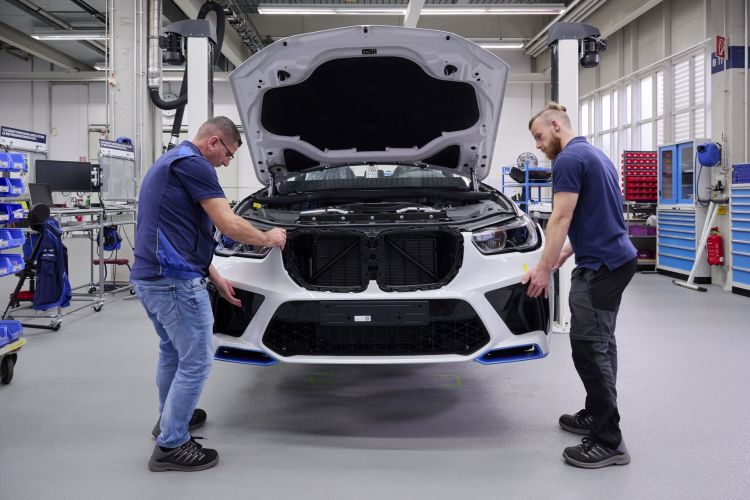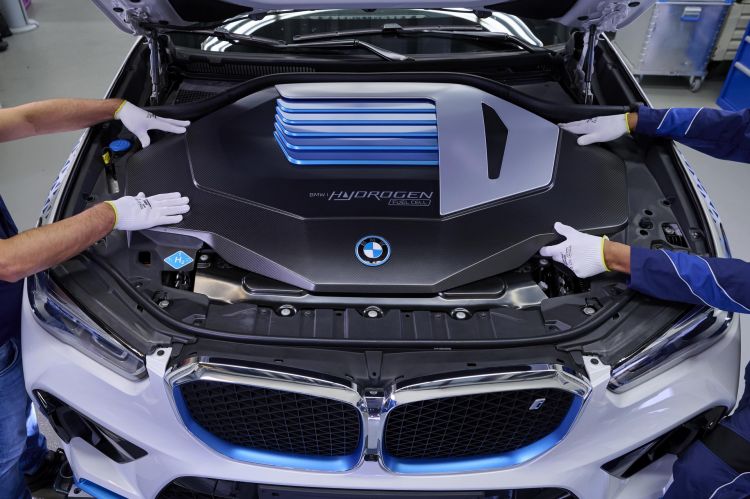Most of the vehicles of the future will be powered by batteries, but the world of motoring does not believe that this will be the main route, let alone the only one. The driver must have the power to choose, which is why several brands are exploring alternatives and betting on them. BMW is aware of this and has just started production of its BMW iX5 Hydrogen.
Electric cars seek to become (increasingly) the dominant models of the coming decades. BMW has a family destined for pure electrification, but it is also one of the few brands which invests in hydrogen. After learning about its prototype three years ago, in 2019, the Bavarian manufacturer has announced that the production of the BMW iX5 Hydrogen is already underway.
An investigation
Of course, do not expect to see it on the streets with the same frequency with which you come across a BMW X5. Its manufacture will be limited to a specific number of units, which will arrive in some markets next spring: the BMW iX5 Hydrogen will be more of a research and development project in the hands of a few chosen drivers. Not surprisingly, the brand it does not expect to sell hydrogen vehicles to individuals before 2025.
How does the BMW iX5 Hydrogen work? Instead of drawing power from a battery like a conventional electric car, it generates its own electricity with a chemical reaction that occurs between stored hydrogen and oxygen in the air through a fuel cell that can generate up to 125 kW (167 hp). The residual heat is used to heat the interior of the BMW when necessary.
The keys to the BMW iX5 Hydrogen
That fuel cell (developed with Toyota) is located at the front and draws the hydrogen from two tanks: each one has 700 bars, together they can contain six kilos of hydrogen and they are located in the recesses where the gearbox and driveshaft of the normal BMW X5 would go. To situate them there, a new floor has been installed under the hood along with the 400V electrical system, battery and fuel cells.
The electricity generated by the fuel cell has two missions. The first of these is to feed the two electric motors, which are each on one axis: they are the fifth-generation eDrive, which also equip the BMW i7 and BMW iX. Have a combined power of 369 CV. The second is to charge a small battery that also provides power to the mechanical schematic in high demand situations.
The starting point of the BMW iX5 Hydrogen is a standard BMW X5 from the manufacturer’s plant in Spartanburg (South Carolina, United States). Later it is transferred to Germany to be equipped with the hydrogen tanks, the fuel cell and the electric motor. The differences between both models are merely aesthetic.
BMW and hydrogen
The truth is that BMW has been working on hydrogen cars for some time: began researching it in the late 1970s and, since the end of the nineties, it has launched a few models, although always in limited editions and in selected markets. Unlike the new BMW iX5 Hydrogen, those vehicles used hydrogen inside internal combustion engines.
BMW has decided to dedicate part of its resources to hydrogen vehicles because see enough advantages in fuel cell technology. It also believes in a future where these models could form part of emission-free mobility and also contribute to the mission of becoming a carbon-neutral brand.
The Bavarian manufacturer stands out Benefits such as the need for a smaller number of raw materials for the production of fuel cells, much faster refueling times than those offered by electric cars, the ease of long-distance transport through pipelines without forgetting that, for Europe , hydrogen is a cheap and renewable fuel source available for import.
Of course, BMW also knows that this plan It is not without its obstacles. On paper, hydrogen cars seem like an easy and near-perfect replacement for internal combustion ones, but for now they remain expensive to produce and would rely on a fueling infrastructure that is still a long way from the charging grid. of the electric ones. And this without forgetting that the transport of compressed hydrogen to service stations can generate a higher carbon footprint than battery vehicles.




